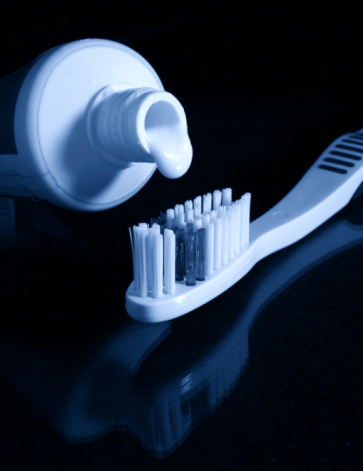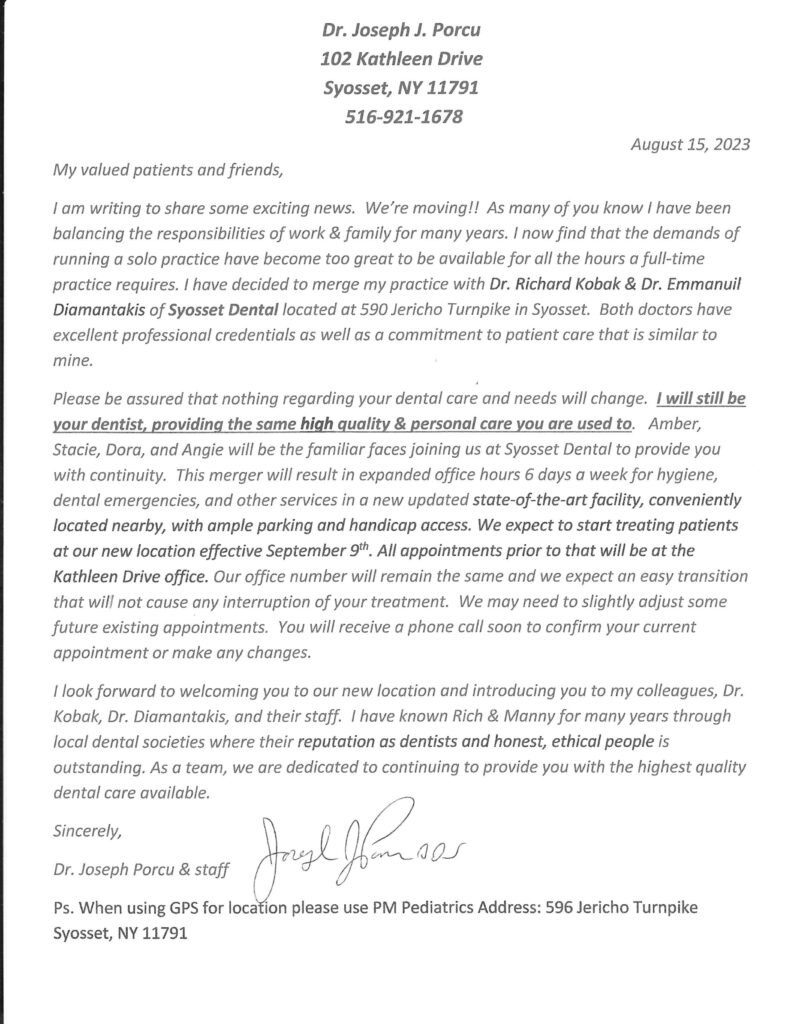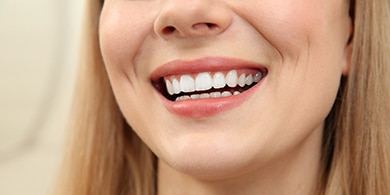It seems like everyone around us, whether they’re a doctor or not, has health advice to give. We’re told to take huge doses of Vitamin C to prevent colds, cut all fat from our diets to get thin, and always brush our teeth right after meals. Do you know what all these have in common? They’re all wrong.
What’s So Bad About Brushing?
Brushing your teeth right after a meal actually does more harm than good. Once you’ve eaten sugars or starches, plaque-causing bacteria on your teeth start producing acid. Your saliva becomes acidic and your tooth enamel becomes soft and porous. It takes about an hour for your saliva to return to neutral and remineralize your teeth. Brushing while enamel is still weakened causes erosion and abrasion.
So Why do We Brush?
 The point of brushing your teeth isn’t to remove food, it’s to remove plaque. Rinsing with water and flossing are what removes food particles. You should brush before you eat breakfast, thereby preventing plaque from generating acid. Brush about an hour before dinner; right when you get home from work is usually a good time. If you have coffee, soda, or tea close to bedtime, don’t – the caffeine will delay falling asleep, and the acid will soften your enamel just as saliva production begins to slow. Skip the caffeine and brush before bed. Remember to rinse your mouth with water after meals and acidic drinks.
The point of brushing your teeth isn’t to remove food, it’s to remove plaque. Rinsing with water and flossing are what removes food particles. You should brush before you eat breakfast, thereby preventing plaque from generating acid. Brush about an hour before dinner; right when you get home from work is usually a good time. If you have coffee, soda, or tea close to bedtime, don’t – the caffeine will delay falling asleep, and the acid will soften your enamel just as saliva production begins to slow. Skip the caffeine and brush before bed. Remember to rinse your mouth with water after meals and acidic drinks.
Brushing also does more harm than good if it’s done too vigorously. You don’t need to apply much pressure to remove plaque, and you should be gently stimulating your gums as you go. Use a soft-bristled brush, and replace it every three to six months. You should brush your teeth twice a day for two minutes at a time. The American Dental Hygienists’ Association provides an illustrated guide to proper brushing.
Flossing removes food particles and bacteria from between teeth. It’s actually more important to your oral health than brushing. There are different types of floss and flossers available, so find which one works best for you. It’s easy to find disposable picks, interdental water cleaners, spongy floss, and floss with rigid tips for getting between braces. This illustrated guide to flossing demonstrates proper technique.
Dr. Richard Kobak gives dental advice based on scientific evidence and new developments in dentistry. He also continues to further his education by staying up-to-date on dental news, technology, and best practices. The team at Syosset Dental is committed to delivering the best dental care and oral hygiene information available. Call our office today at 516-433-2211 to schedule your appointment.











